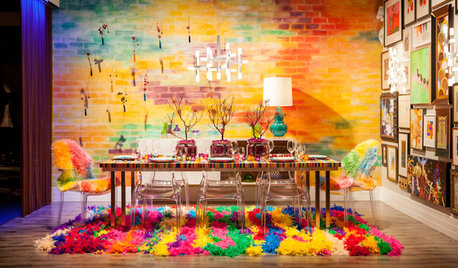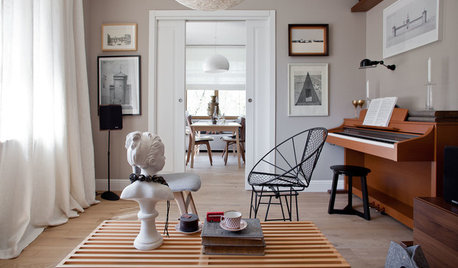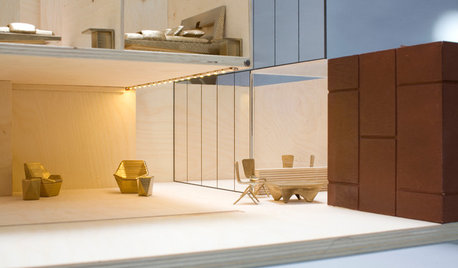Warm Spot on Interior Wall: Possible Causes?
leafy02
14 years ago
Featured Answer
Sort by:Oldest
Comments (10)
leafy02
14 years agoRelated Professionals
Aurora General Contractors · Eatontown General Contractors · Enfield General Contractors · Mount Laurel General Contractors · Natchitoches General Contractors · New Braunfels General Contractors · Rossmoor General Contractors · Syosset General Contractors · Torrington General Contractors · Warren General Contractors · Pinellas Park Solar Energy Systems · Randolph Solar Energy Systems · Richfield Solar Energy Systems · Campbell Home Automation & Home Media · Roselle Home Automation & Home Mediabrickeyee
14 years agomikemr
14 years agomikemr
14 years agoleafy02
14 years agoCandace
4 years agoHASSAN IMTIAZ
4 years agoDavidR
4 years agoHU-654512149
2 years agolast modified: 2 years ago
Related Stories

FUN HOUZZ10 Fantasy Dining Rooms for a Good Cause
Outlandishly creative or subtle and sophisticated, these designer spaces for Serving Up Style 2013 show admirable imagination
Full Story
DECORATING GUIDESColor of the Week: Decorating With Warm Gray
Tired of tan? Getting gloomy from cool gray? Make warm gray your new go-to neutral
Full Story
HOUSEKEEPINGOut, Darn Spot! Tips for Removing Carpet Stains
Know the right solutions and when to use them to prevent stains from pets, soda, chocolate, blood and more
Full Story
DECORATING GUIDESHouzz Tour: Clever DIY Tricks Warm a Rustic Rental Cottage
An interior designer finds ways to beautify her family’s temporary home — and still keep the landlord happy
Full Story
URBAN GARDENSGardeners Champion Nature's Cause in the City
Garden advocates and artists in San Francisco have joined forces to find creative ways to bring nature back into the urban landscape
Full Story
EVENTS20 Innovative Dollhouses for a Good Cause
Prominent architects scale down for charity, creating dollhouses to be auctioned off to help kids with disabilities
Full Story
ARCHITECTUREHow Thermal Mass Keeps You Warm and Cool
Passive solar design makes use of this element. Here’s how it works and how you can get it in your home
Full Story
MOST POPULARMust-Try Color Combo: White With Warm Off-White
Avoid going too traditional and too clean by introducing an off-white palette that brings a touch of warmth and elegance
Full Story
RANCH HOMESMy Houzz: Warm and Airy Kitchen Update for a 1980s Ranch House
A dark and cramped kitchen becomes a bright and open heart of the home for two empty nesters in Central California
Full Story
PATIOSPatio Details: Color and Industrial Touches Transform a Narrow Spot
A roll-up garage door connects a San Diego home to the outdoors and its new patio dining area and colorful mural
Full StorySponsored
Columbus Area's Luxury Design Build Firm | 17x Best of Houzz Winner!
More Discussions







joed